When Kejal asked her mom “ What is it like you do not like the most in the kitchen”, mom did not think twice before telling her, “I hate milk boiling over. No matter how much I am careful, every day it boils over and creates a mess and daddy gets his chance to tease me”.
What Kejal’s mom did not know at that point was that Kejal who was all of 12 was trying to understand Kitchen Challenges which her mom faces for her new project with The Real School Of Montessori.
The philosophy that The Real School Of Montessori follows before starting off on any project, is for kids to understand the need for something and to gain an understanding of the problem from other’s perspective.
Before we dive into the stages of growing and learning through The Real School Of Montessori Projects, let’s take a look at these pictures.
Inventions by Children
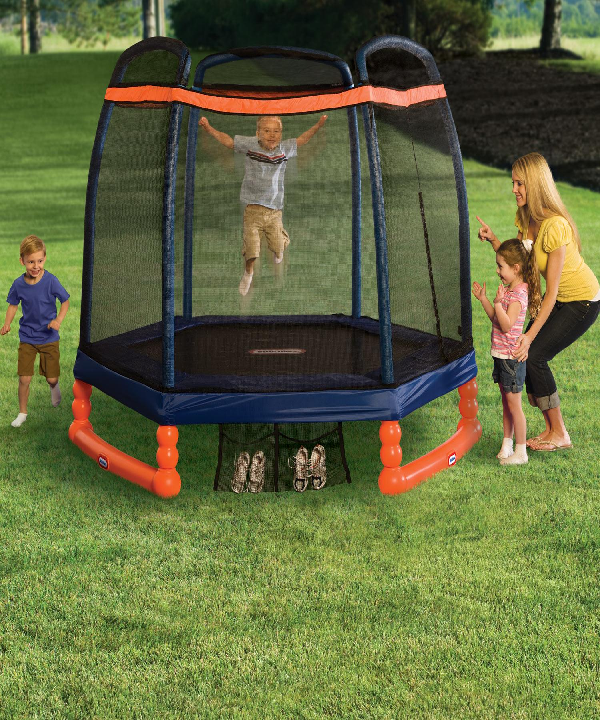
Trampoline. Image Source
What is common between the trampoline, Braille and Earmuffs. All of these are amazing inventions by Children. The idea of equipment which will act as a springboard came to George Kissen, 15 years when he went to the circus.
Louis Braille, who was blind himself, invented a system to read when he was 10 years old, Earmuff was invented in the 19th century by a 16-year-old Chester greenwood. Her initial invention had a wire loop and a fur sewn to the ends.
Kids can amaze us. We just have to give them the right resources and NOT define a narrow spectrum of what they have to achieve.
Quest Stage: Research & Discover
Phase 1 of Quest Stage: Empathy
Rather than immediately jumping in with ideas about the coolest way to solve the issues that people encounter in the kitchen or rather than doing a google search on what common kitchen annoyances are, Kejal was asked to observe their family members, ask them what is the primary issue they have to deal with on a frequent basis.
As it happens, mommy had an answer which google could never throw up!
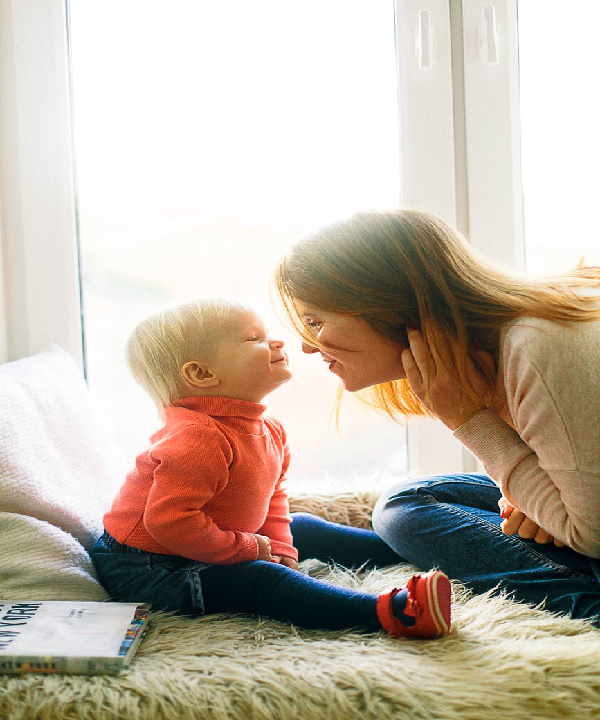
Phase 2 of Quest Stage: Finding the Relevance!
Who has the problem? What is the real need? What is their story?
Here are 3 power-packed questions which bring in the Core Reasoning towards working on a solution.
Why is This Phase Important?
2 defining moments happened when Kejal asked these 3 questions
- She could relate to the problem
- She is motivated to bring a solution to this nagging problem
Unless a student knows for sure that his knowledge can be applied towards improving, changing or inventing something, the student will be more driven to learn. This is human nature. The fact that learning is problem-centred rather than content-oriented has been established when it comes to Adult Learner.
Unfortunately, this is not widely acknowledged when it comes to young learners. Your child is no different. When he goes through the rigamarole of Studying through textbooks, listening to lectures and doing homework, the thought of Why am I doing this? Why am I learning this concept goes through his mind more than once. Empathizing and understanding problems from other’s perspective conditions the child’s attitude and mindset towards learning.
Phase 3 of Quest Stage: The Student Defines the Problem
If you notice it is the Student who has to define the problem. Not the teacher. Here is where we are different from the traditional way of teaching. A student has to understand
- Who is experiencing the problem.
- How big the problem is.
- Why is it important that this problem is solved.
All these questions will help him understand the goal of the project & define the problem. This is an important step. A meaningful actionable definition of the problem will steer the project in the right direction.
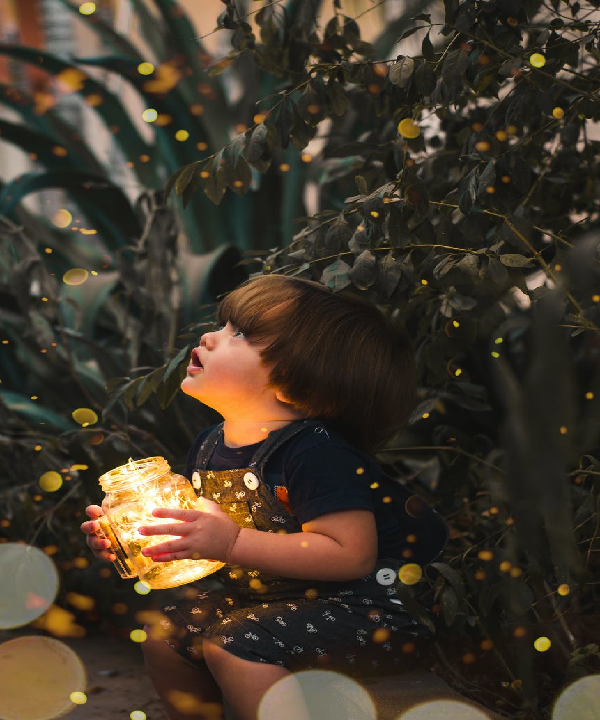
Phase 4 of Quest Stage: The Science Behind it!
Taking the example of milk boiling over, Students have to think of a solution to prevent milk from spilling. They cannot think of a random solution. In Fact, it is not even about arriving at the answer at this stage. Students go in-depth in studying various scientific principles governing boiling points of liquid, vapour pressure, atmospheric pressure, the connection between all of this. This is a stage where students’ understanding of the concept increases. The student is encouraged to brainstorm, to ask questions, to ideate.
- Why does milk when heated form a thick sheet at the surface?
- When we boil Rice we get a similar thick layer. What layer is that?
- Why doesn’t water boil over?
Probable Reaction of the Kid
He/ she can ask any number of questions, he can give any number of suggestions – no idea is absurd, no idea is silly. Even if an idea is impossible to achieve, it is not ruled out at this stage. The facilitators give wing to the student’s imagination. The student is made to feel proud of every suggestion he makes, every idea he brings to the table. And this makes every class dynamic. No 2 students will have the same experience.
Pursuit Stage: Design and Innovate
An experimental phase where the objective is to identify the best possible solution for each of the problems identified.
The solutions are implemented where students make working models. These models are further investigated and either accepted, improved and re-examined or rejected on the basis of the user’s experience.
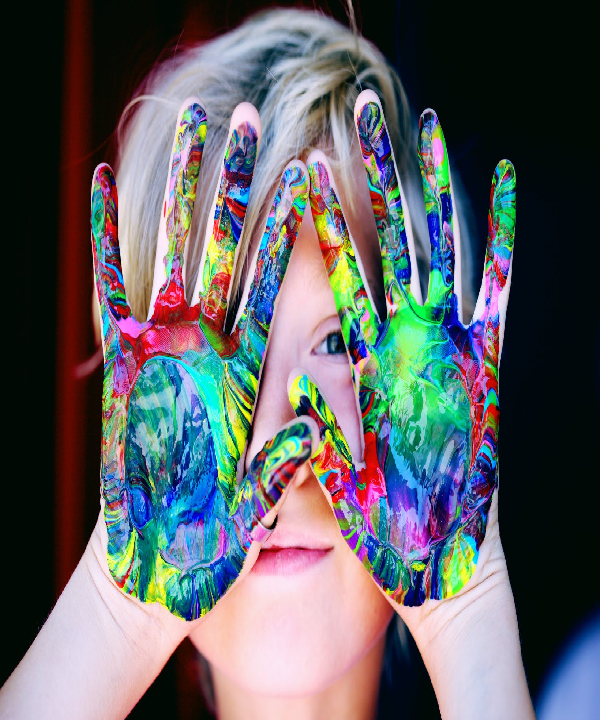
Cycle of Rejection – Improvement – Rejection
Most of the inventions have gone through the cycle of rejection-improvement-rejection ..until it became popular and eventually some of them a necessity. Some of These are the products we use every day but do not give pause to think about how it came into existence in the first place.
Bubble Wrap was originally marketed as a wallpaper. When that was not a success, the innovator pitched the idea of it being a greenhouse insulator. It took a year to uncover the very feature for what we use it today – as a protective cover. After 50 failed attempts, Rovio, the gaming company became a roaring success with a hit Product. It was a video game called – Angry Birds!
Unwrapping Creative Thoughts
Children are not graded in The Real School Of Montessori for doing anything wrong. In Fact, every mistake is a stepping stone towards being more creative in thoughts and actions. We thrive to make a classroom where children are not afraid to make mistakes. Because if children are not prepared to be wrong, they will never create anything original!
Making mistakes creates a path for learning. When a student is exploring and taking risks, here are the moments that are ripe with learning opportunities because what he has learned through this journey of failing and trying is something that will stick with him forever.
By the end of this stage, students will have a clear idea of the constraints inherent to the product and the problems that are present. They can evaluate how practical this solution is in the real world.
Summit Stage: Visualize, Plan & Build
Through the trials and tribulations, the student has reached a stage where he is confident in the solution. Every stage that the child has gone through has helped reach where he is now.
They will be clear on how users of the product from everyday life would behave, think, and feel when interacting with the end product. Student creates a final prototype
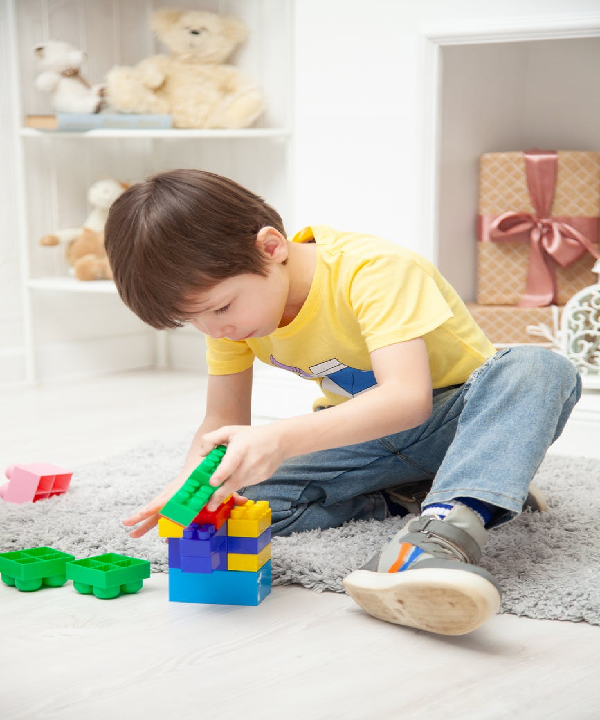
H3- Exhibit Stage: Present and Exhibit
This is an important stage in the Students Learning Process and a turning point for the Student.
Every learning, every failed attempt, every success that he has gone through culminates at this very stage.
H4- It is His/ Her Product & Idea
When a student reaches this stage, he owns the product/ idea and knows it like the back of his hand. It is just not about the functionality of the product that he is an expert on, but also his target audience. He has an ingrained understanding of customers’ needs. He knows exactly how his product can alleviate pain, create essential gains. S/he has a clearly defined Value Proposition that customers will not only care about but will create excitement in them.
Learning and Innovating: 2 Faces of the Same Coin
The journey started with an encounter with the unknown- where the student had to explore, understand and master concepts that they may not have heard of or have limited understanding about. And the end result is an idea that is shaped into a tangible service/product and has carved its own niche in the store shelf or online space.
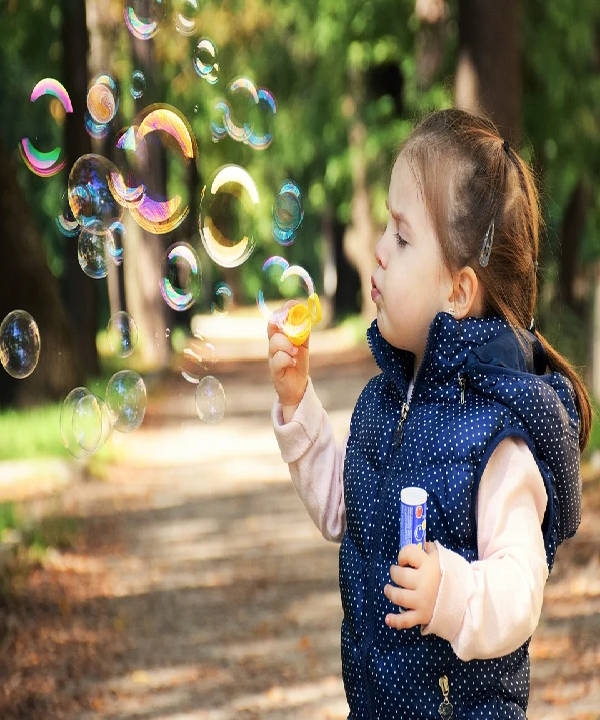
Giving Back to the Community
Students get an opportunity to exhibit their creativity and present their ideas in a larger forum. Some of these inventions can –
- Impact important sectors of the economy
- Improve the everyday lives of millions of people
- Be a source of inspiration for future generations.
All in all. the students use their creativity for the greater good of their community.
A Sense of Purpose and Belongingness, Essential to Learning!
As good as the product or idea may be, selling it requires students to have great presentation and storytelling skills. They need to be prepared to answer questions that can be thrown at them, they need to foresee questions for which they may not have answers. All this not only required hard core communication skills but thinking on feet skills which even the best of Public Speakers lack. Students get this confidence by interacting with mentors regularly.
Besides that, Students get insurmountable confidence by creating something that they can call their very own. It brings a sense of ownership and belongingness which plays an important part in the learning process.
Skills That Children Need for the Future!
Launching a product, creating buzz around social media, advertising it, promoting it. Creating effectiveness with the right visual appeal, essentially the entire Brand building process… These are the other gamuts that fall along the lines of Presenting their ideas and publishing their creations. We had covered in our blog on how multidisciplinary the concept of Problem based curriculum is. The learning continues at this stage where the child acquires life skills that are critical to success.
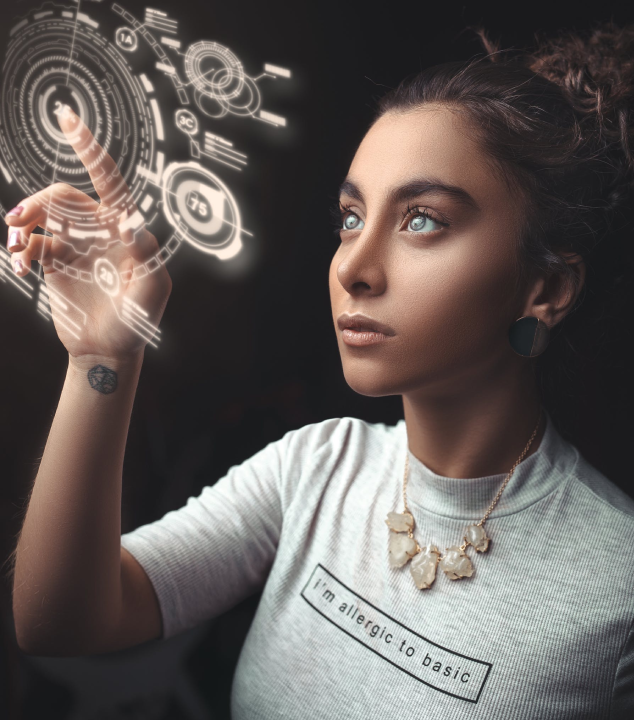
Be Prepared to Be Amazed!
In her book The Power of Why , Amanda Lang talks about focusing on children’s instinctive urge to question. Power of the question “Why” is such that it can help adults live a more fulfilled and happier lives. We take a moment to not just to reignite the power of why within us, but also to allow children to ask why and take a step back to see them create their own remarkable solutions.
This is just the beginning …
The Real School Of Montessori Mentors: Motivators, Influencers and Passionate About Education and Learning!
Mentor – a Facilitator!
With our approach to teaching, a mentor has an important role to play. The mentor has to draw the line between being a teacher and being a facilitator.
The Real School Of Montessori Sessions Are Like a Workout for the Child’s Brains
It is very easy to kill a child’s creativity. And the quickest way is to teach him word by word, give him the answers before he can think of the solutions.
In every session with a The Real School Of Montessori project, the mentors work on developing a child’s high order thinking skills and metacognitive skills. Mentors facilitate the session by questioning, probing, encouraging a critical reaction, suggesting and challenging.
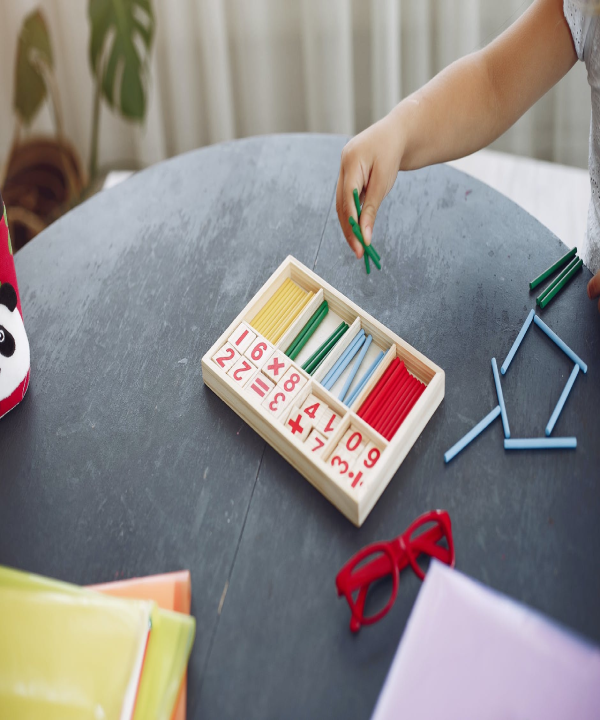
Every Child is Special
The sessions, the homework, the project submissions are not graded in terms of who is doing better instead it is more of a celebration of the uniqueness of each suggestion and idea. In that way, the mentors have a seminal influence on students on the way they learn now and the way they will approach learning in the future.
Encounter With the “unknown” and the Fear That Comes Along With It
When a student comes across a subject or a topic he does not understand, it can be quite an intimidating encounter with the “Unknown”. Here is where our mentors make a difference by giving them enough opportunity to question, to clear confusions, to understand the real-life perspective, to help them connect with things they already know. And more importantly, making it safe to explore and fail and helping children go beyond their self-perceived limits.
Shaping Students to Make a Difference
Children are born with the ability to be curious. Our mentors use this curiosity and unlock passions within each student so that they can make a difference to the world around them.


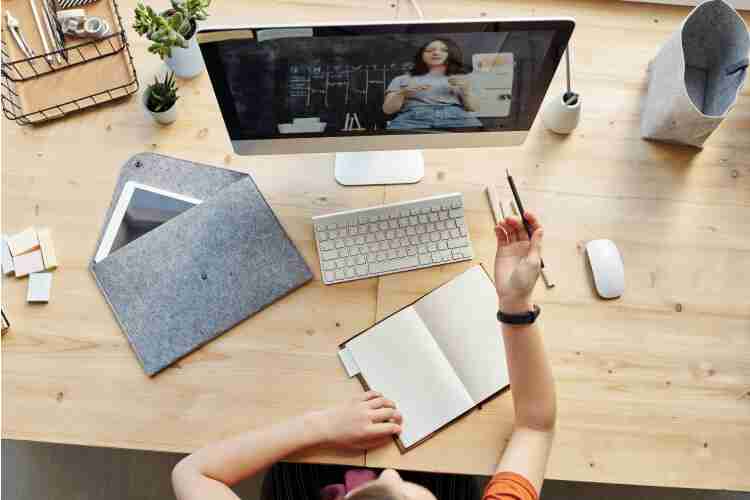

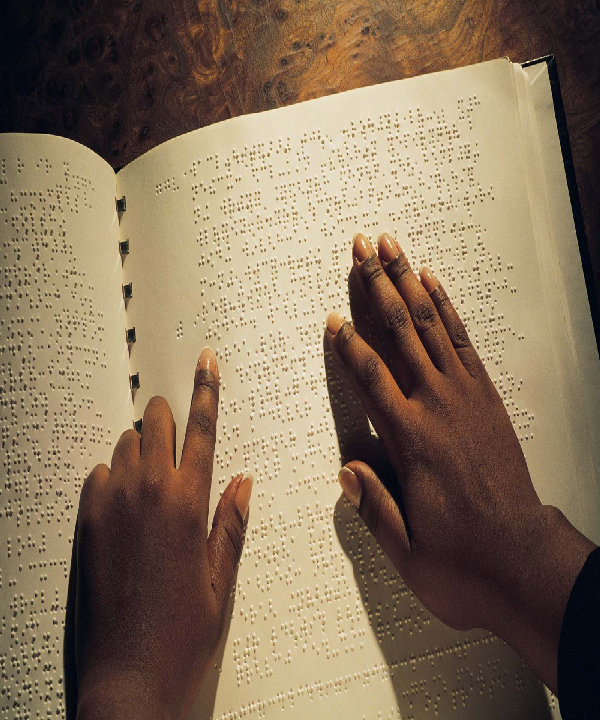





Thanks for discussing the following wonderful content material on your site. I ran into it on google. I will check back again if you publish more aricles.